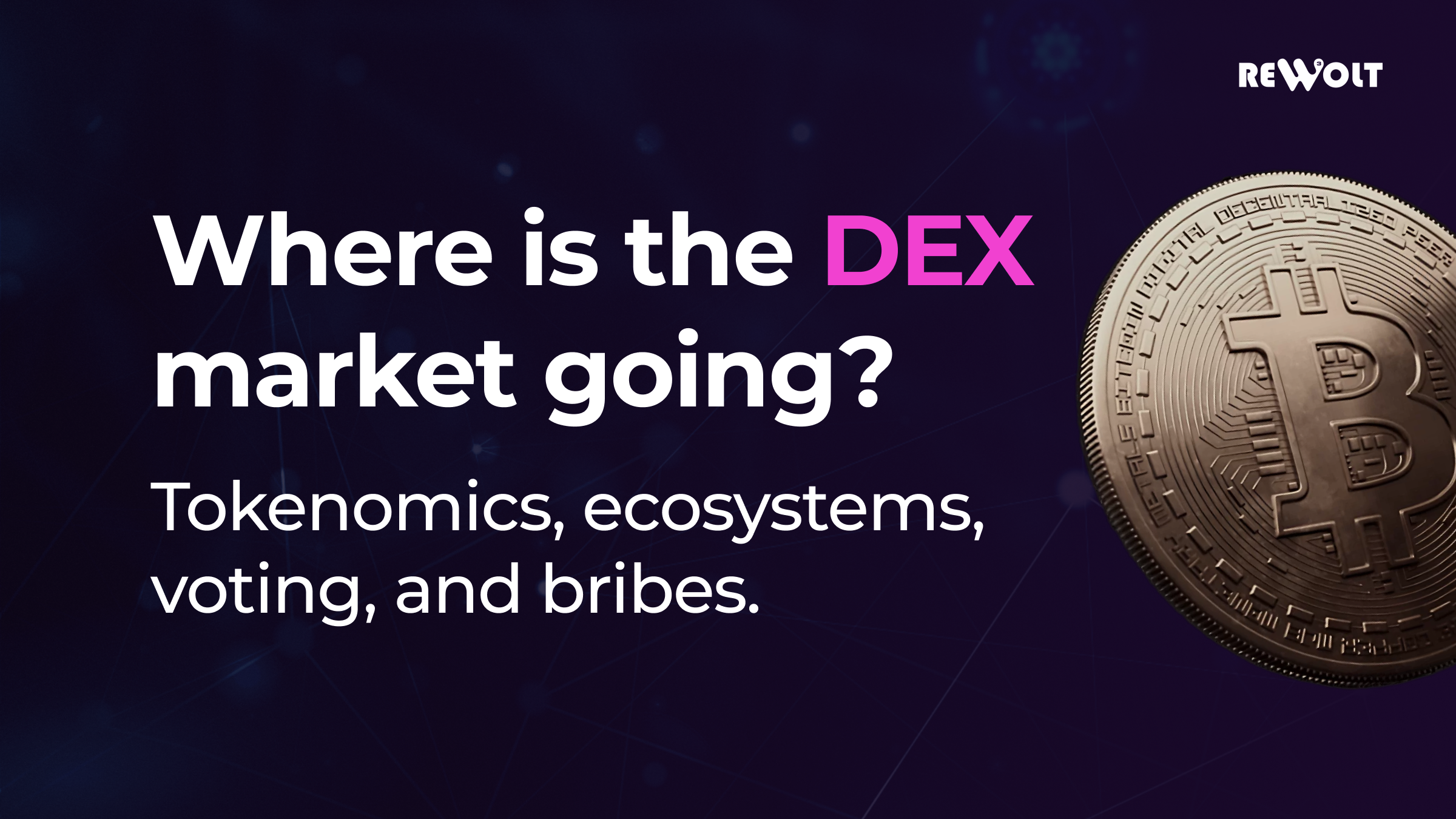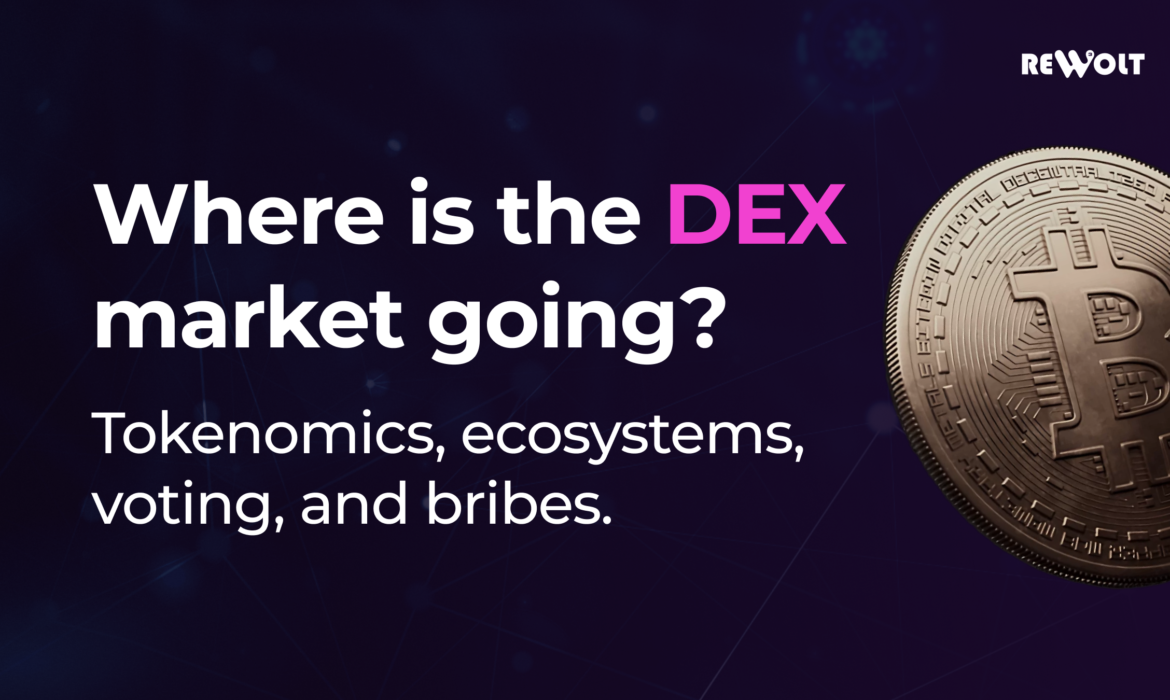
In one of the past posts, we talked about providing liquidity in the range. The leader in this technology and its pioneer is the Uniswap exchange.
But who is the main competitor of Uniswap? Curve exchange!
However, if we go to the Curve exchange, we can see that most pools show annualized returns of up to 10%, including additional rewards in CRV exchange tokens. And some pools even show unit percent APR (annualized return without reinvestment). So what makes liquidity providers keep almost $4.5 billion on the exchange? Let’s break it down!
Curve Exchange has earned its place in the DeFi market thanks to its unique tokenomics. It was one of the first exchanges to build tokenomics for CRV so that all holders started to receive 50% of all exchange commissions, as well as increased returns on liquidity provision and the opportunity to participate in voting, which, by the way, also brings money to token holders.
“So what?” – you ask. You own a CRV token, you get revenue from staking, commissions, and voting revenue, and the CRV token that is used as a Reward token for many pools is plummeting in value, and in the end, everything you earn will at best cover the price drop.
What to do with this?
First of all, volatility risks can be handled! As part of the Cryptonomics “Master of DeFi” program, we are just looking at tools that allow you not to depend on whether the price of a token goes up or down.
Secondly, thanks to the opportunities that Curve has created, a whole ecosystem of protocols has grown around the exchange, allowing you to earn much more than if you work directly with Curve. All of this is due to the fact that these protocols, being big CRV token stakers themselves, get the highest yields and can share that with their clients.
An example of such a protocol is Convex, an add-on to the Curve exchange. On Convex, you can, for example, stake CRV tokens with significantly higher yields than on Curve itself (at the time of writing, it’s about 20-25% APR), as well as stake CVX tokens, getting 25-30% APR on the voting model. Additionally, if you add liquidity through Convex, you get increased returns even without CRV token staking. Through this model, Convex has raised more than $3 billion in liquidity.
Among other things, Convex is also developing a model of earning on votes. The thing is that in the Curve system, you can vote for which pools will get extra yield in CRV tokens, and Convex (it’s not the only one, of course) uses stacked CRV tokens to vote for pools where it holds liquidity to get extra yield, and also offers you to stack Convex tokens (CVX) to increase Voting Power so that you can make money in the process.
If we talk about voting (and in some protocols, it is called Bribes or “Bribes”), this is now an actively developing area. Regularly I notice how projects using this model break into the top in terms of profitability.
As a result, we can safely say that properly built tokenomics allows a project to involve tens of thousands of users in its business model, as well as stimulate the construction of an ecosystem of other protocols on top of the main platform. *But I still think that over time, even such established models will introduce technologies that increase the efficiency of the utilization of the liquidity provided. This will happen as the trading volume in DeFi grows.
Join our Rewolt community now!
Telegram: https://t.me/ReWolt_Community
Facebook: https://www.facebook.com/rewolt/
Linkedin: https://www.linkedin.com/company/ventures-studio-rewolt/



